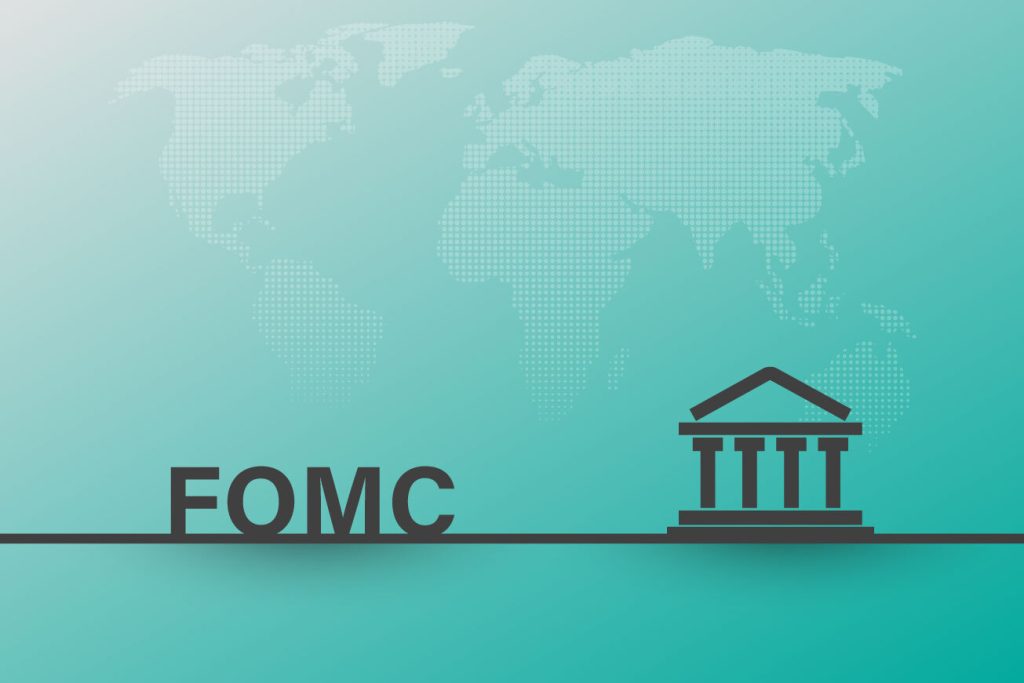Last week was marked by highly volatile expectations regarding the FOMC July decision: after release of the CPI for June, which showed inflation accelerating to 9.1%, the chances of a 100 bp rate hike soared to 84%, but already on Friday, the retail sales report and inflation expectations from U. Michigan again made 75 bp a baseline scenario. The overbought dollar turned lower, while risk assets rebounded on optimism about the short-term inflation outlook.
Despite a new inflation record in June (in the current business cycle), US retail sales rose 1% in June, beating the 0.8% forecast. More surprisingly, growth in core retail sales, which is less volatile from month to month, almost doubled the forecast – 1% vs. 0.6% expected. The growth of import and export prices sharply slowed down, the dynamics was also better than expected.
The U. Michigan Sentiment Index moved up for the first time in several months, from 50 points in June to 51.1 points in July. The uptick is still minor, but what is more important is the fact of recovery as markets expected a fall to a new low. Inflation expectations of households for the next five years also brought some relief to market expectations, the figure fell from 3.1% to 2.8%. Easing gasoline prices in July have made a major contribution to the drop in household inflation expectations.
Retail sales data and a report from U. Michigan formed a counterbalance to the inflation report for June, indicating, firstly, that consumers could still bear the burden of inflation and continue to spend at quite a solid pace, and secondly, that the upside inflation trend could finally reach a tipping point in June. With the market starting to price in extreme Fed tightening scenarios (a 100bp rate hike in July), Friday’s data triggered a significant correction in those expectations, leading to a sharp pullback in the USD index from 109 to 107.50 points and rebound in Asian and European equities. US futures were also up more than 1% on Monday.
Two Fed officials, Bullard and Waller, said last week that while all options for tightening policy in July, including extreme ones, are being considered, they would like to see clear signals in the data that more than a 75 bp is needed. It is clear that the data on retail sales and inflation expectations did not contain such signals. On Monday, the odds of a 100bp rate hike, according to interest rate futures, dropped from 84% to 35.6%. The “blackout period” of the Fed officials this week ahead of next week’s meeting and the absence of key US economic reports this week make it unlikely that the market will make a 100bp rate hike as its base case. In this regard, consider extreme long positioning, the risks for the dollar appear to be skewed towards deeper pullback, the dollar index may test the previous consolidation area of 107-106.75:
Disclaimer: The material provided is for information purposes only and should not be considered as investment advice. The views, information, or opinions expressed in the text belong solely to the author, and not to the author’s employer, organization, committee or other group or individual or company.
High Risk Warning: CFDs are complex instruments and come with a high risk of losing money rapidly due to leverage. 71% and 68% of retail investor accounts lose money when trading CFDs with Tickmill UK Ltd and Tickmill Europe Ltd respectively. You should consider whether you understand how CFDs work and whether you can afford to take the high risk of losing your money.
Written by Arthur Idiatulin
Arthur is a stock market and currency expert with a vast experience in market research and investment consulting. Dedicated Forex trader and financial practitioner, keen on testing new trading techniques and investment strategies.
Previous Post
MICRO BITCOIN FUTURES (MBT1!), H4 Potential For Bullish Rise
Source: Tickmill


